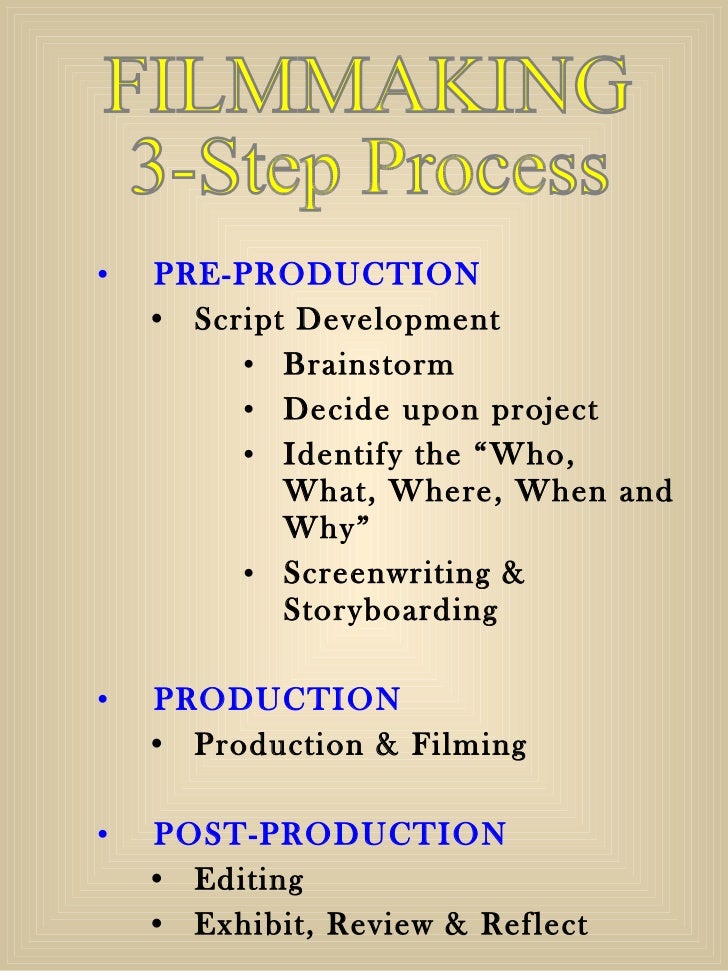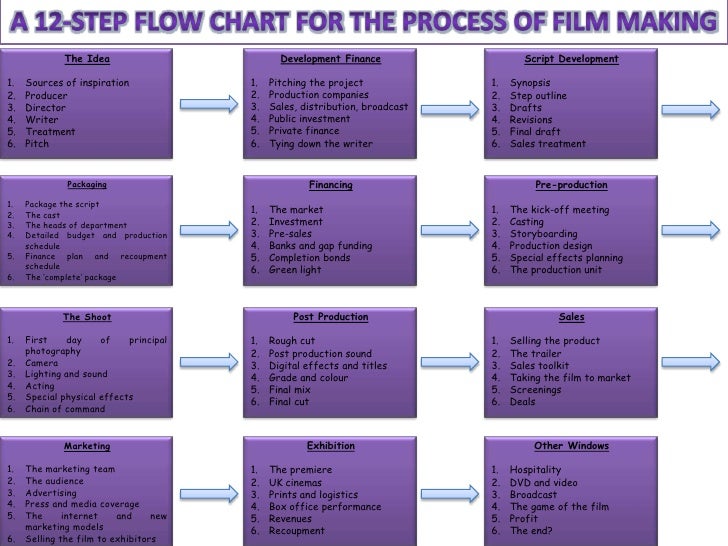
Process Of Making A Free To Use
Its free to use for creating linear content like films, TV series.The enormous influence of the Egyptian film industry on popular culture and collective imagination across the Arab world is widely acknowledged, but little is known about its concrete workings behind the scenes. Reading the word chair requires a kind of mental translation thatFrom your first steps to complete mastery of Unreal Engine, weve got you covered. The major difference between film and books is that visual images stimulate our perceptions directly, while written words can do this indirectly. The camera lingers there uncomfortably, making the viewer cringe with the same fear that the new Mrs.
Take the feedback and refine your edit. Screen it with a group of people who have never seen the movie. Your first cut will be rough. The result is a complex and nuanced portrait of the Arab world’s largest film industry, rich in ethnographic detail and theoretical innovations in media anthropology, media studies, and Middle East anthropology.42. Drawing on in-depth interviews and participant observation among production workers, on-set technicians, and artistic crew members, Chihab El Khachab sets out to answer a simple question: how do filmmakers deal with the unpredictable future of their films? The answer unfolds through a journey across the industry’s political economy, its labor processes, its technological infrastructure, its logistical and artistic work, and its imagined audiences.
The entire production process of a film can take over a year.Hardbound "A production-side ethnography is a sort of Holy Grail for media studies scholars working in Egypt and the region. 44.Film directors are in charge of making sure that every component of a movie runs smoothly. This way, when you come back to the suite, refine and refine again. During this time, do not look at the movie or mess around with it.

What happens to a city where neo-liberalism has scaled back public services and encouraged the privatization of public goods, while the vast majority cannot afford the effects of such policies? Who wins and loses in the “march to the modern and the global” as the government transforms urban spaces and markets in the name of growth, security, tourism, and modernity? How do Cairenes struggle with an ambiguous and vulnerable legal and bureaucratic environment when legality is a privilege affordable only to the few or the connected? This companion volume to Cairo Cosmopolitan (2006) further develops the central insights of the Cairo School of Urban Studies. Suspicious of collective life and averse to power-sharing, Egyptian governance structures weaken but do not stop the public’s role in the remaking of their city. From script to screening, he urges us to reconsider filmmaking as the crafting of unpredictable yet inevitable futures."—Yasmin Moll, University of MichiganThis cross-disciplinary, ethnographic, contextualized, and empirical volume explores the meaning and significance of urban space, and maps the spatial inscription of power on the mega-city of Cairo. Chihab El Khachab reconceives cinema’s enchanting mediation through the mundane and routine anticipations of its creators and their technological devices.

Hoffman, Haifaa Khalafallah, Ramadan al-Khowli, Patricia Mihaly Nabti, Lisa Pollard, Mona Russell, Elyse Semerdjian, Selçuk Aksin Somel, Amira El-Azhary Sonbol, Denise A. Hatem, Bernard Heyberger, Valerie J. Blair, Randi Deguilhem, Mamoun Fandy, Richard Freeland, Fatima Zohra Guechi, Nelly Hanna, Howayda al-Harithy, Mervat F.



 0 kommentar(er)
0 kommentar(er)
